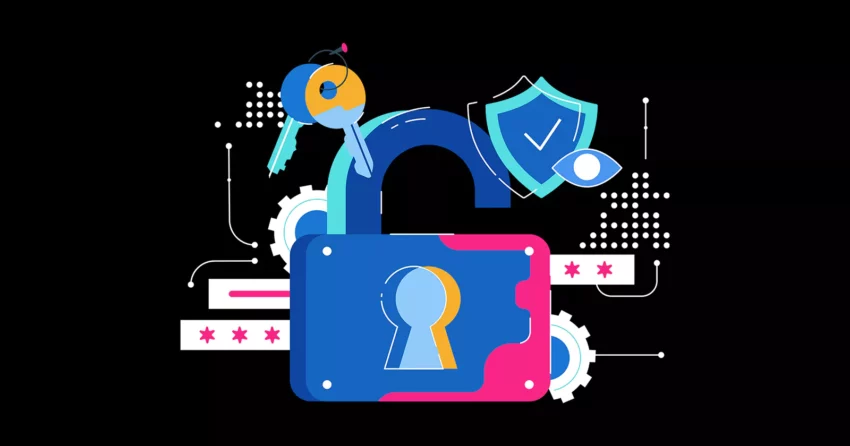WordPress is an easy-to-use content management system. It allows webmasters to create and maintain their websites. Hackers and cybercriminals are regularly targeting WordPress websites to exploit security vulnerabilities.
This article examines the five most common risks that WordPress websites face, and offers practical advice on how to deal with them. By following these suggestions, you can make sure that your WordPress website is protected and well-secured from common security threats.
Unsecured Login form
Login forms are one of the easiest ways for hackers gain access to WordPress websites. Hackers can gain access to the backend of a WordPress website by frequently guessing passwords and users.
The login form needs to be protected well in order to prevent such an attack. It is easy to use a WP Login lockdown. This plugin locks out an IP address after it has failed a certain number of times. This plugin can be used to help prevent brute-force attacks and improve the security of your website.
Absence of a valid SSL Certificate
A digital certificate, or SSL certificate, encrypts the data sent between a site and its visitors. It can store important data, such as login credentials and financial information.
Without an SSL certificate on your website, the data that is exchanged between you and your visitors can be accessed by data thieves. For this to not happen, make sure that your website is using a valid SSL Certificate.
A plugin such as WP Force SSL is one option. All non-HTTPS requests are forwarded immediately to HTTPS. This ensures that all data between your website visitors and yourself is secure.
WordPress themes and plugins without Support
WordPress is an ever-evolving platform, and new features are released regularly. If you do not update the WordPress core and themes or plugins regularly, your website could be at risk of security issues.
To avoid this, it is important to update WordPress, themes and plugins. This can be done either manually or automatically using plugins designed to upgrade WordPress, themes and plugins to their most recent versions.
Broken links, obsolete or low-quality content, typos in URLs, and outdated links can have a dramatic impact on website traffic. WP 301 redirects can effectively resolve these issues, preventing any negative impact on the performance of your website.
By redirecting broken or obsolete links to new, relevant pages, WP 301 Redirects will improve the user experience on your website and increase its search engine ranking. By redirecting visitors to the correct page or updating content, it can prevent them from leaving your website due to URL problems or outdated information.
When running a site, you will need to do some maintenance and adjustments. As you make changes, different issues can arise that render the website inaccessible or unwelcoming for guests. Use the WP maintenance plugin to put your website in maintenance mode during the updating process. This will prevent your users from having a bad experience.
Related: How to Fix the Top 5 WordPress Security Issues
No regular backups
Lack of backups can also be a safety concern. Your website may be vulnerable to data loss if you don’t maintain a back-up. This could happen due to hacking, server crashes or other unforeseeable catastrophes.
It is important to regularly back up your site. You can do this manually or by using certain plugins which automatically back up and store your site in the cloud.
Final words
WordPress websites are certainly vulnerable to many security threats. On the other hand website owners can protect their sites against the most common security threats by following best practices, such as securing the login form, using an SSL certificate, updating software, using strong passwords and regularly backing up their site. Website owners can also stay on top of security threats by regularly monitoring their website traffic, staying current with the latest security trends, and using strong passwords.
Read more:

